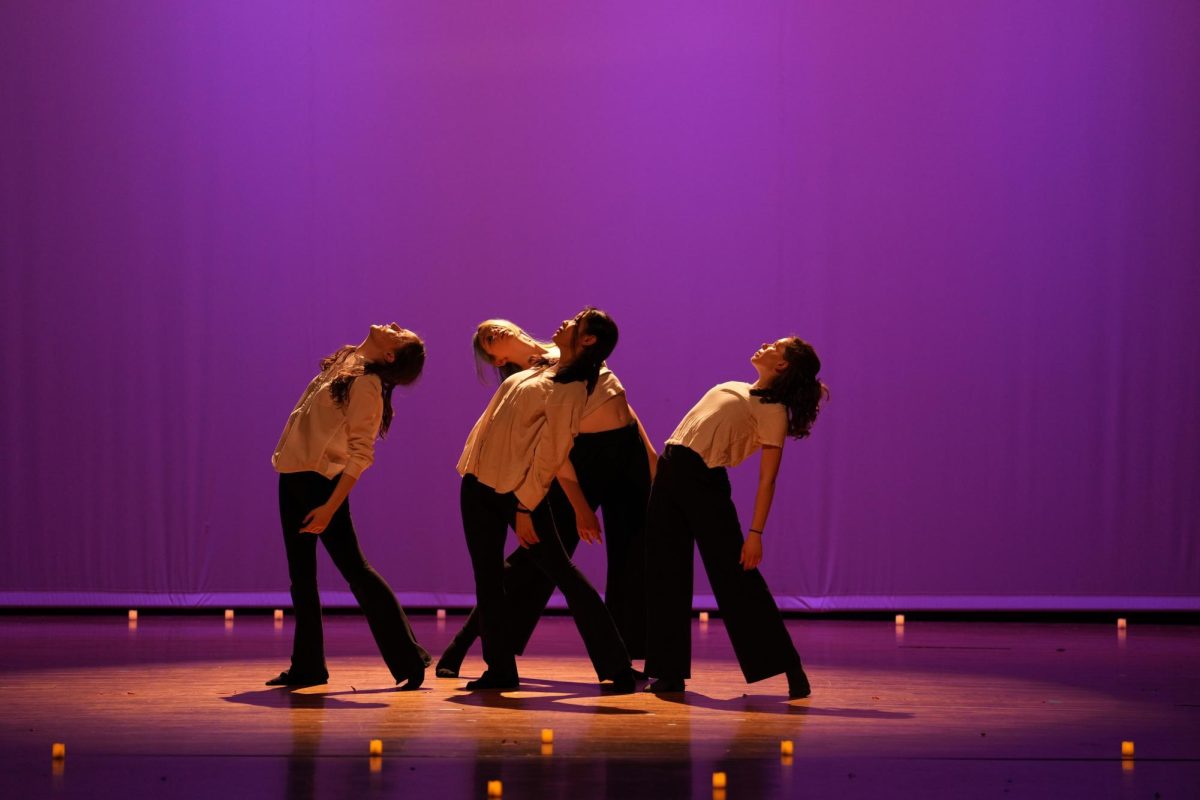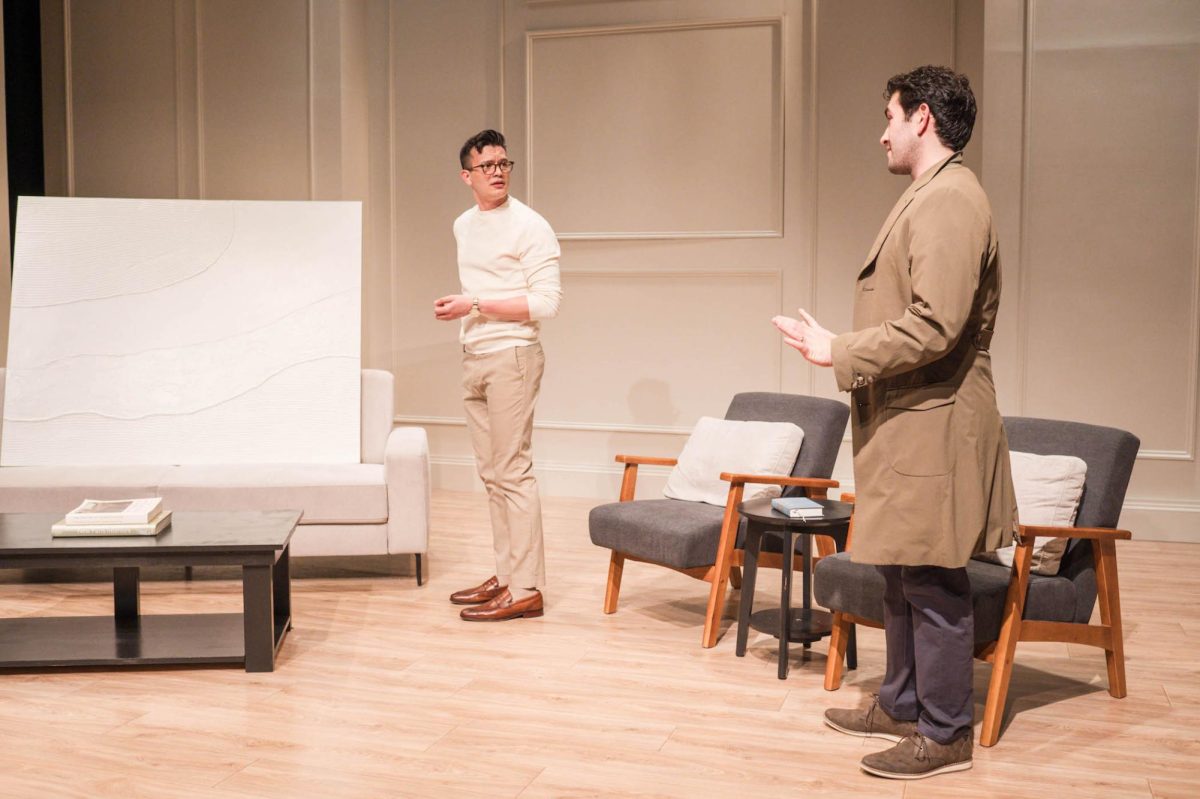Playing to a sparse but attentive Tuesday night crowd at the Empty Bottle, the awkwardly named—but pristine sounding—Kessler/Lonberg-Holm/McBride/Vandermark Chamber Quartet balanced improvisational fire with the crisp resonance of fully acoustic music. Jazz has a grand tradition of coping with poor acoustic settings, from clinking glasses and chatting patrons to out-of-tune pianos and sloppy amplification. The music has often had to thrive in spite of its sonic surroundings. With the Chamber Quartet however, pure and resonant sound was the focus, not the obstacle, of the music.
This care towards sound was the result of both the group’s instrumentation and its collective sensibility. Ken Vandermark, the redoubtable Chicago reedman who was the de facto leader of this egalitarian group, announced before the first set that there would be no amplification used—a result of the group’s desire to savor the “sonorous” quality of its two basses (Kent Kessler and Nate McBride) and cello (Fred Lonberg-Holm). As the three stringed instruments plucked and bowed a texture of spacious overtones, the benefits of this approach became apparent. Liberated from the imperfections of amplification, the group’s collective tone bore the kind of richness one usually expects from a chamber orchestra, not a jazz group.
While the group’s sound had the resonance of a classical quartet, its soul remained moored in the avant-garde jazz tradition. This was improvised music, careening with a free-wheeling intensity amidst the refinement of its instrumental sounds. Vandermark’s regular touring band—which counts both Kessler and Lonberg-Holm as members—often sounds like a raucous free jazz carnival, and while the Chamber Quartet was quieter and more open, it retained elements of the other group’s simmer.
The Chamber Quartet maintained this balance between acoustic resonance and improvisatory intensity by taking pains, even in the most heated moments, to allow each musician ample space. Playing the same instrument, Kessler and McBride were at risk of turning each other’s work into cacophony, but they avoided this potential danger by employing different bass techniques at different times—when Kessler plucked, McBride bowed; when Kessler bowed below the bridge, McBride would slap high on the fingerboard. As the night wore on, the group became audibly more cohesive, and Kessler and McBride strayed from these cautionary measures, each locking onto the other’s music as they conjured the full power and range of their instrument.
This powerful, shifting lower register shaped much of the music’s distinct character and anchored the work of Vandermark, on bass clarinet and clarinet, and Lonberg-Holm, on cello. Every time I’ve heard Lonberg-Holm, I’ve been struck by the sensitivity and inventiveness of his playing. Here, his cello served as a bridge between the organized chaos below and Vandermark’s dynamic horn. There was an especially telling moment when I heard what I took to be a long clarinet note, but after seeing Vandermark without a horn in his mouth, I realized it was Lonberg-Holm, bowing a horn-like sound on his cello. He could make his instrument sound like both a bass and a clarinet, and this elasticity helped make sense of the music, unifying the group’s collective sound.
Lonberg-Holm’s contribution as a sonic bridge did not inhibit his own creativity, as he plunged into furious dialogues with both bassists and Vandermark. The Chamber Quartet was a truly collective entity, but if one had to locate the center of the music, Lonberg-Holm’s cello would not have been a bad place to start.
While Lonberg-Holm may have been the center of the music, Vandermark’s contribution was no less essential, employing his clarinet as a crucial buttress, and often a pinnacle, to the music. At times, Vandermark seemed almost irrelevant to the course of improvisation; when the strings around him crashed and hummed with beautifully cacophonous sounds, I would forget that he was even present. Indeed, there were long stretches when Vandermark—content with the bowing, plucking, and strumming around him—would simply watch. Other times, he would use his clarinet as a harmonic counterpoint to the other musicians, playing long quiet notes that brought the strings into sharper relief.
Vandermark was willing to play a supporting role, but when the full force of his presence was needed, he entered with gusto. Blowing through the full range of both clarinets, he sounded like the soulful Eric Dolphy with a loud whisper of klezmer. Vandermark is a virtuoso with a refreshing reluctance to dazzle, but his musical charisma is such that dazzling is inevitable and tremendously enjoyable.
As the final number drew to a close, Vandermark was left alone, using his command of the bass clarinet to produce an atonal, breathy sound. While the bass clarinet quietly gusted, McBride entered, producing an equally ethereal noise by caressing the side of his bass with his bow. Vandermark and McBride slowly grew quieter before alighting on silence. The Chamber Quartet, bursting with improvisatory energy, let the instruments have the final say.








